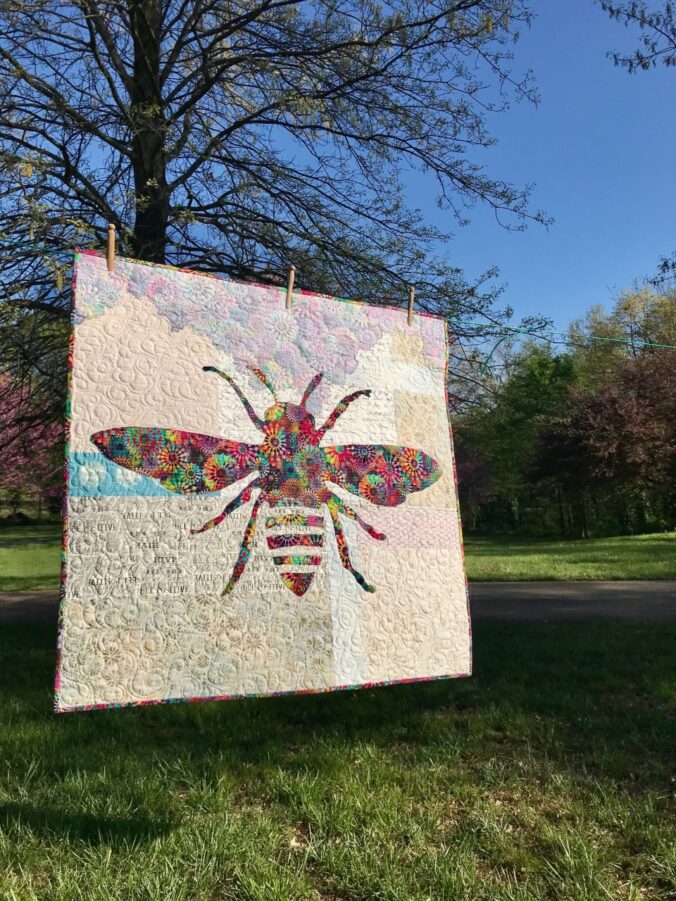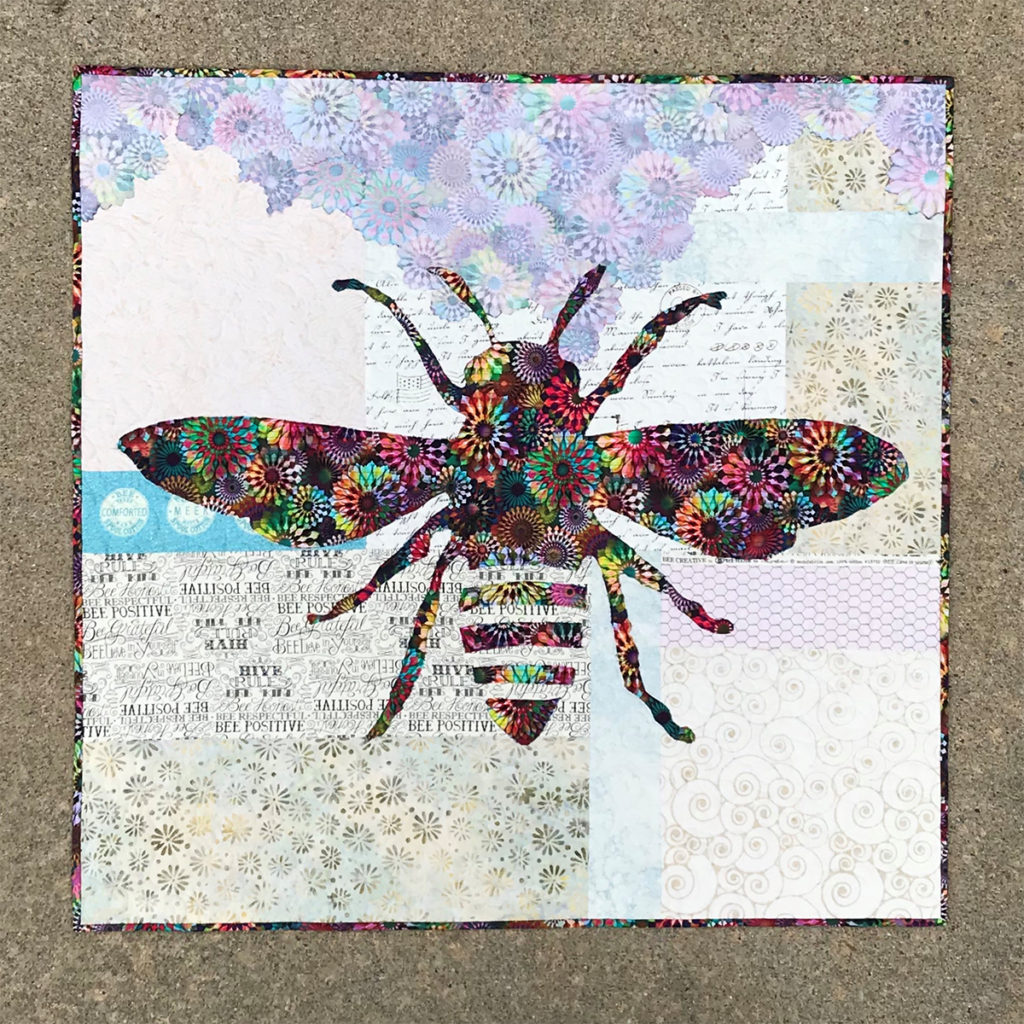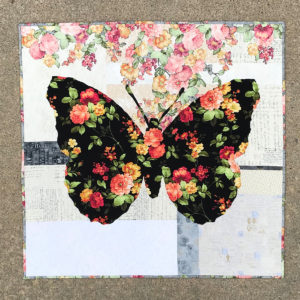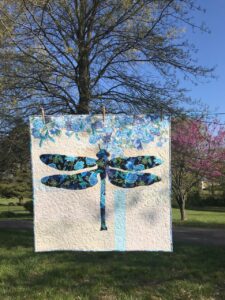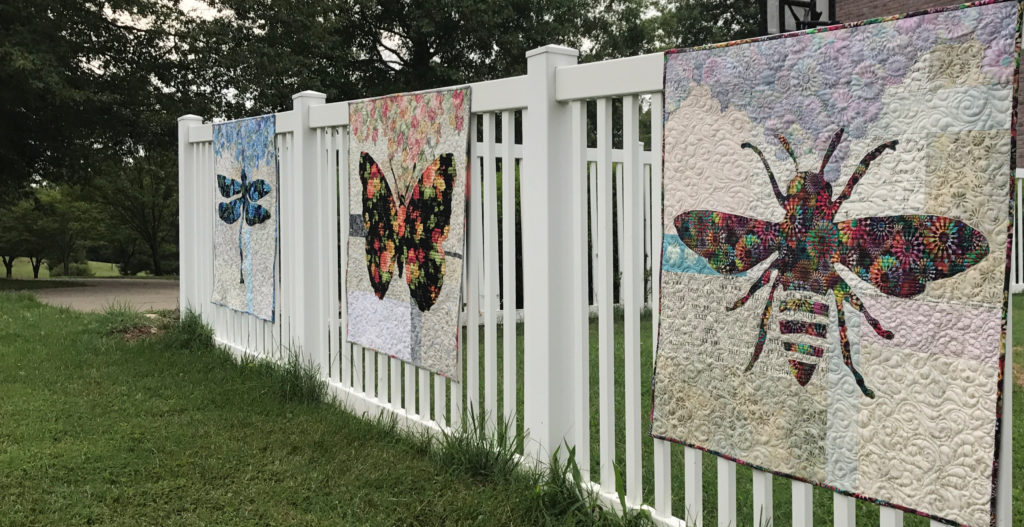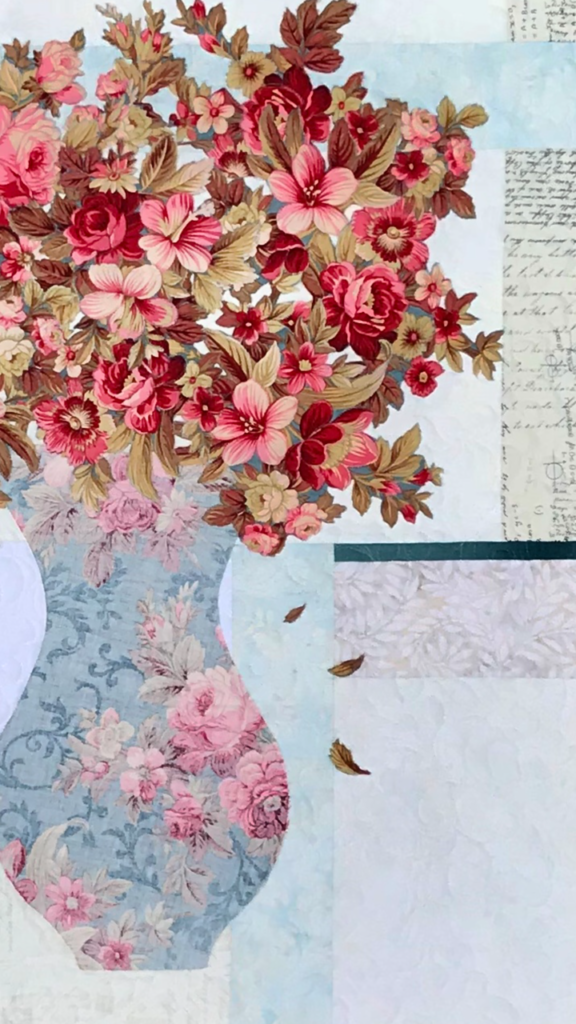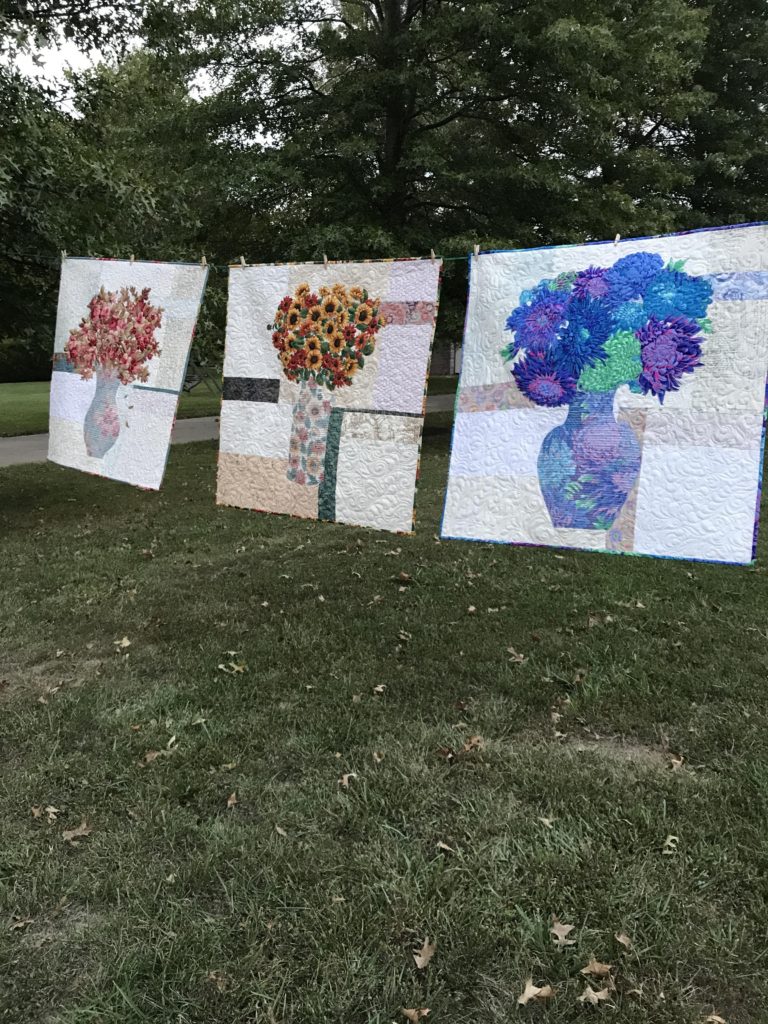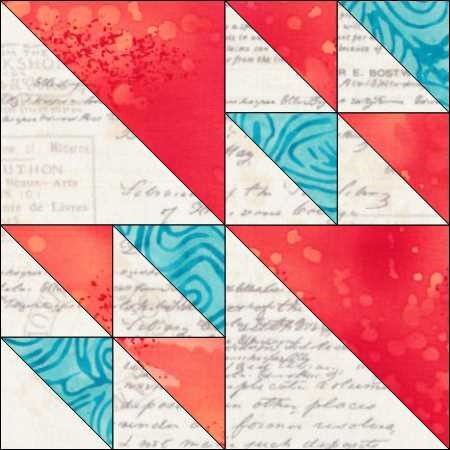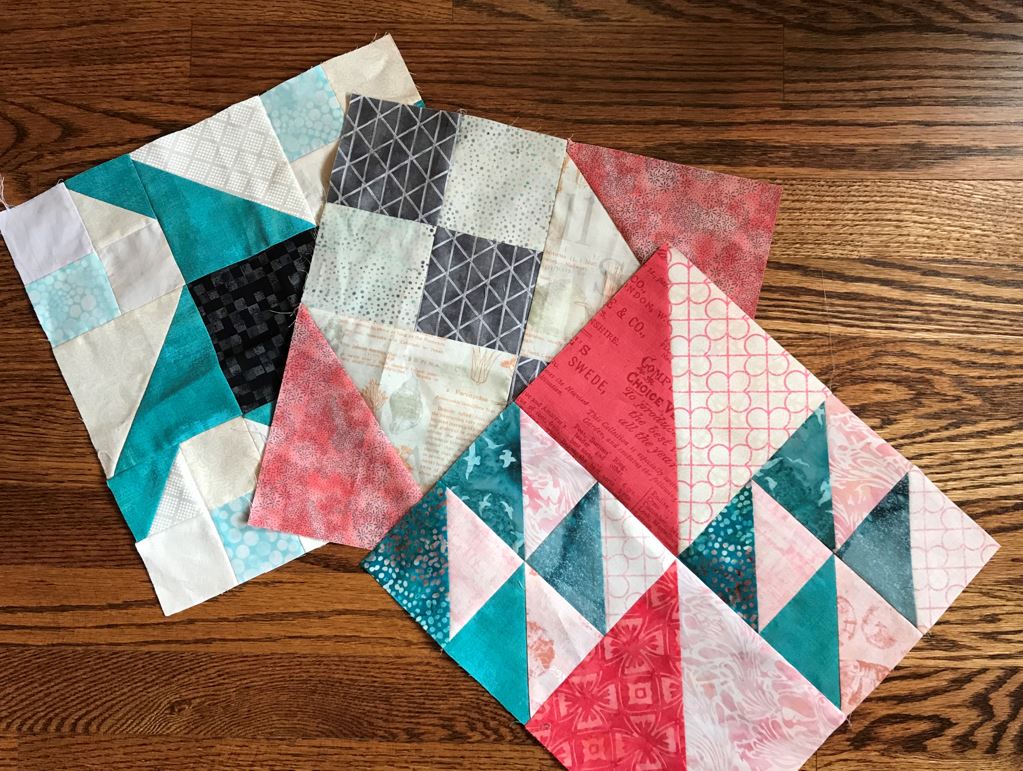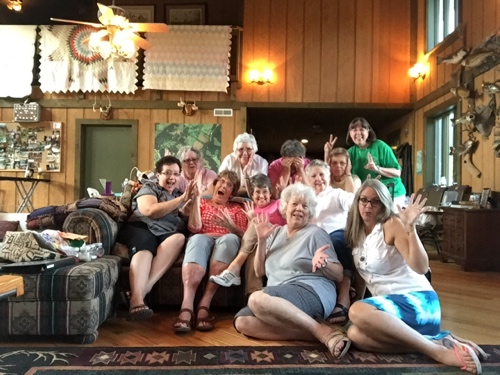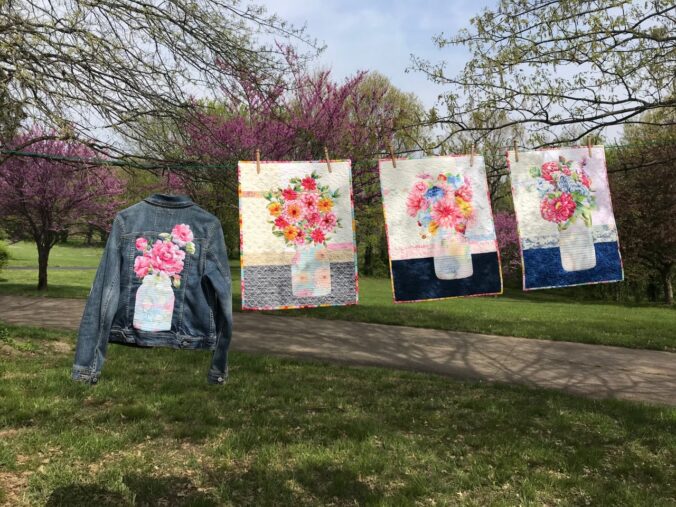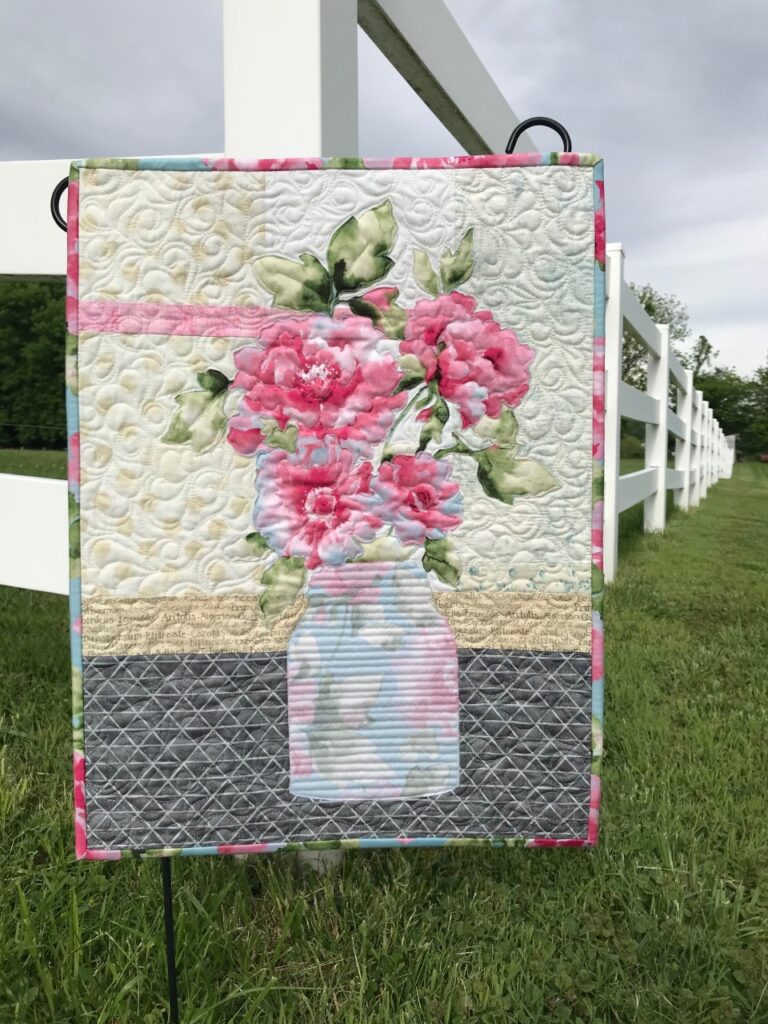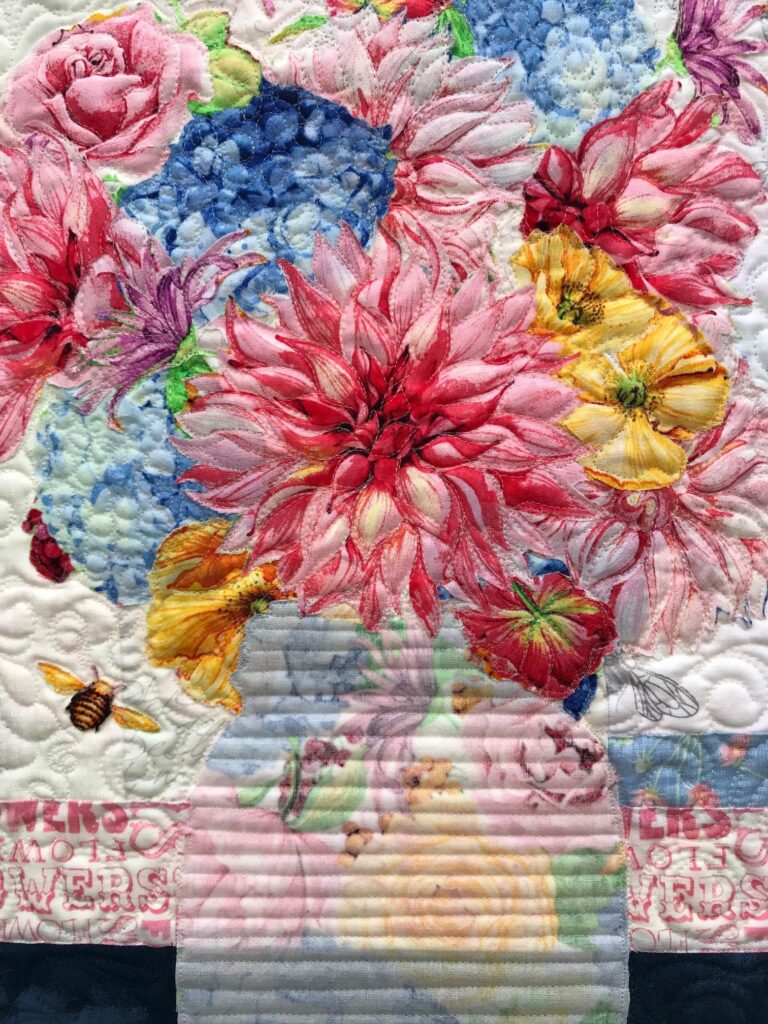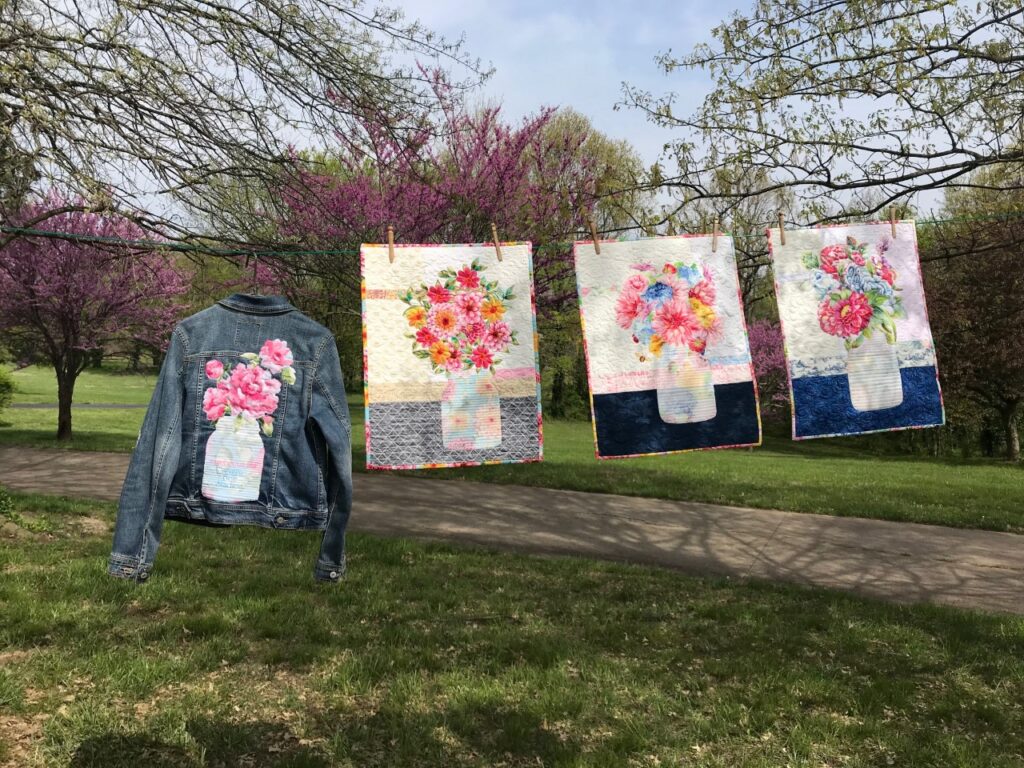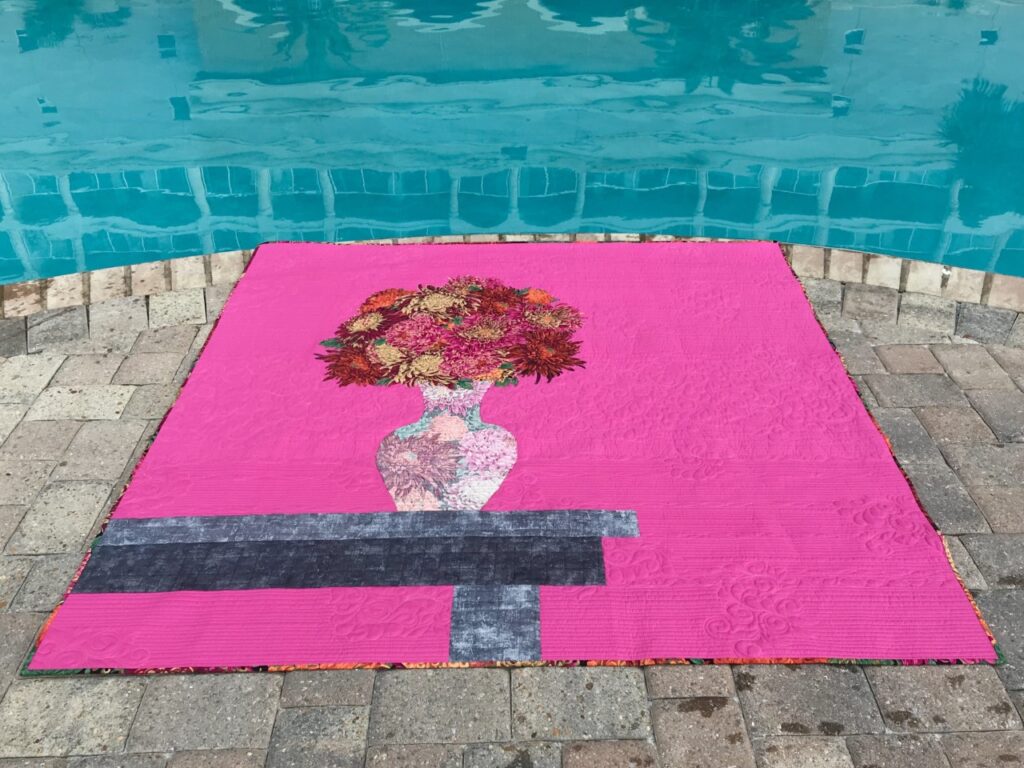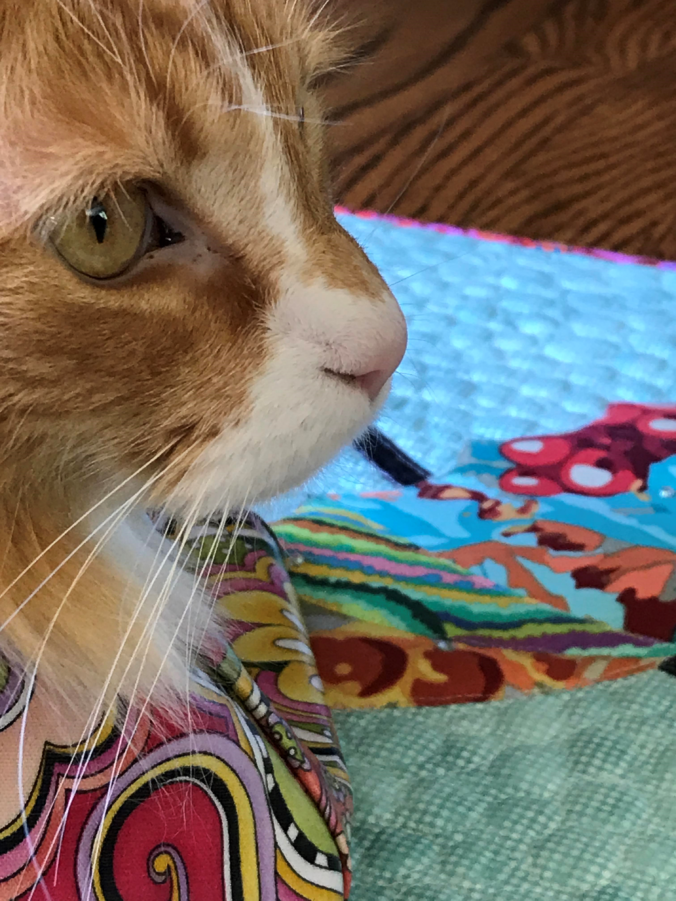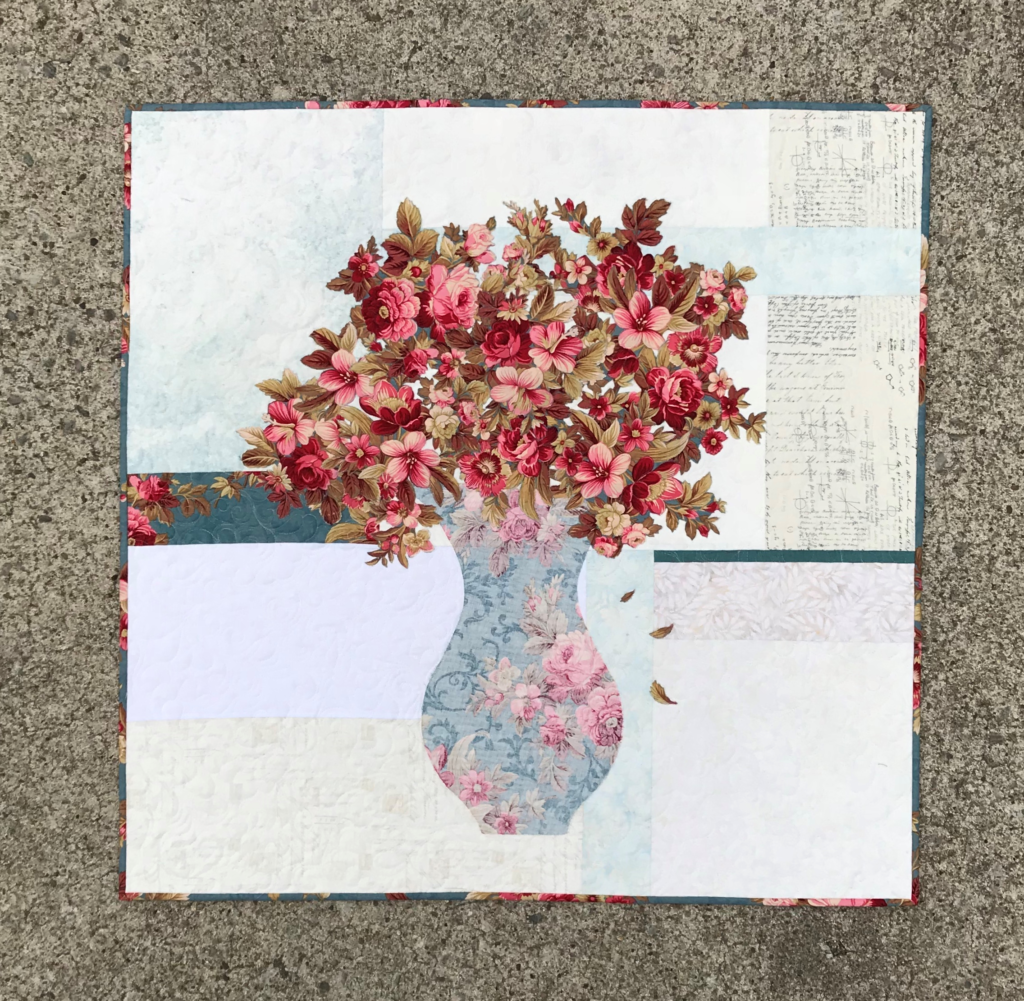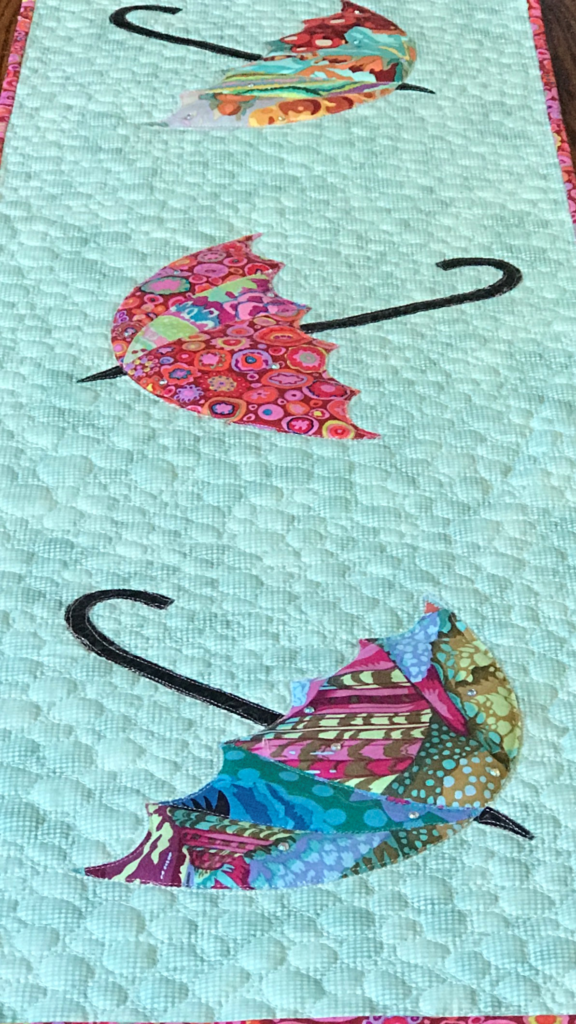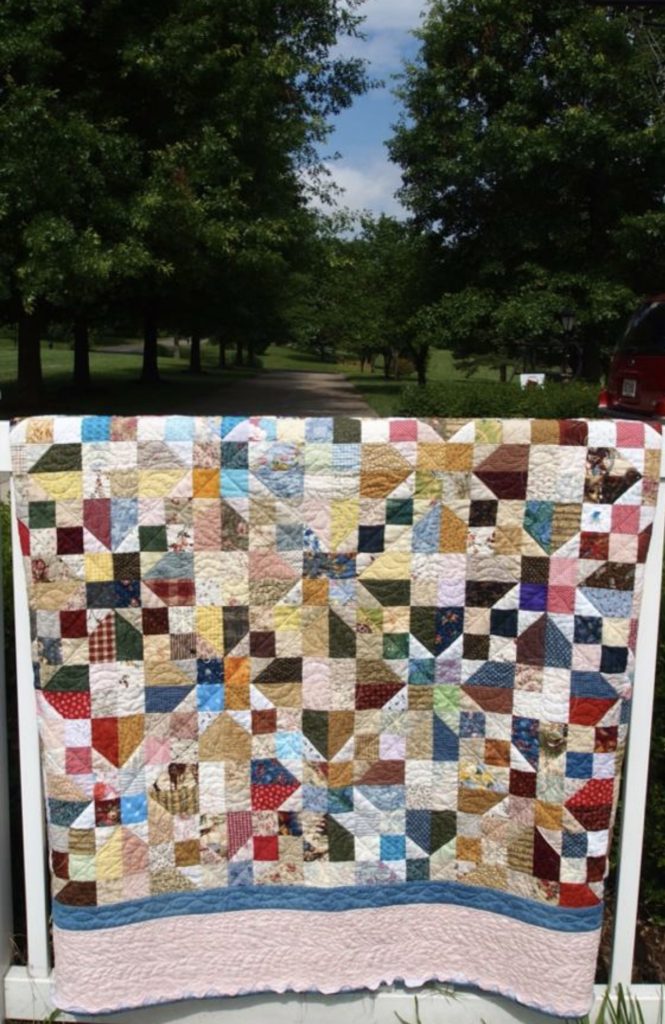Estimated reading time: 4 minutes
Table of contents
Quilt shows are like Disneyland for us.
In which land of the quilt show park do you like to hang?
Quilt show lands.
Firstly, do you map out a plan for conquering the whole “quilt park”? Secondly, do you stick to your plan? Or are you more of a “go with the flow of people and see where we land” kind of quilter?
Quilt show park passes.
Overall, here’s my generalizations of the types of visitors to quilt shows.
- The quilt study. This quilter’s priority is to carefully see and study each quilt entered, reading the program notes as they go.
- The land drover. This quilter needs to see each section, floor, and adjacent activities within the entire city hosting the show.
- The vendor supporter. This quilter must hit all booths and find all new tools of the trade!
How do you conquer the quilt show challenge?
Initially, our little group starts with a plan. In the same fashion, we often change our plans!
Individual priorities.
That said, some of us are students, some are shoppers, some want to see it all!
Against the crowd.
Apart from our differences, we generally agree to go against the crowd. By that I mean, we first go to the furthest “lands” in the park. Once the crowds have cleared from the park entrance, we go see the mainland (winner’s circle).Some years we really study the quilts. There are some years that we REALLY shop the vendors. Other years we’ve taken classes. Some years we throw our plans out the window and just go!
This was a big quilt show year for me.
At the time of this writing, more than 10 of my quilt patterns and quilts were featured in Hancock’s of Paducah for Quilt Week in Paducah, Kentucky. Needless to say, I spent a good deal of my park time in this establishment!
Free pass.
Moreover, to celebrate, any friends who posted their photo with one of my patterns or quilts and #usebothsides was entered into a drawing for a free pattern of their choice.
And the winner is…
(drum roll and scroll down)
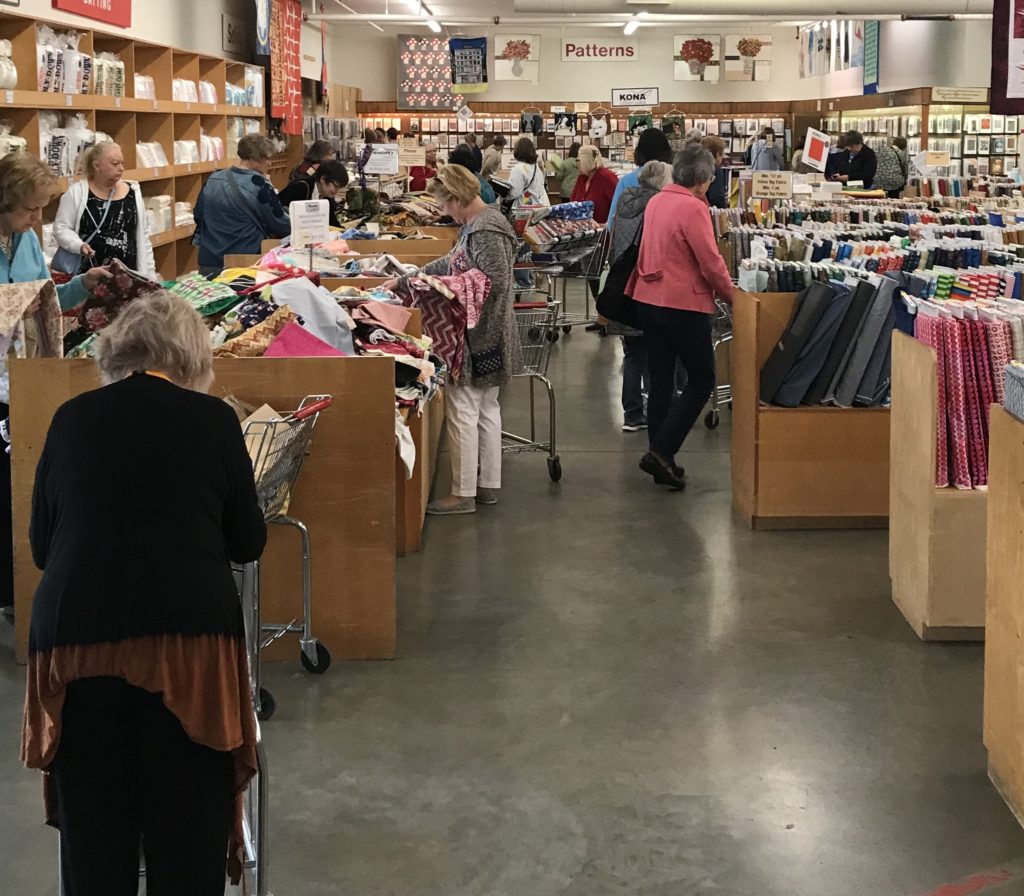
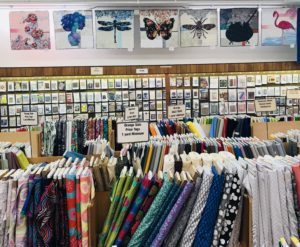
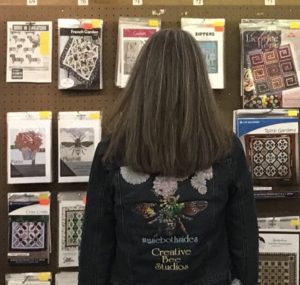
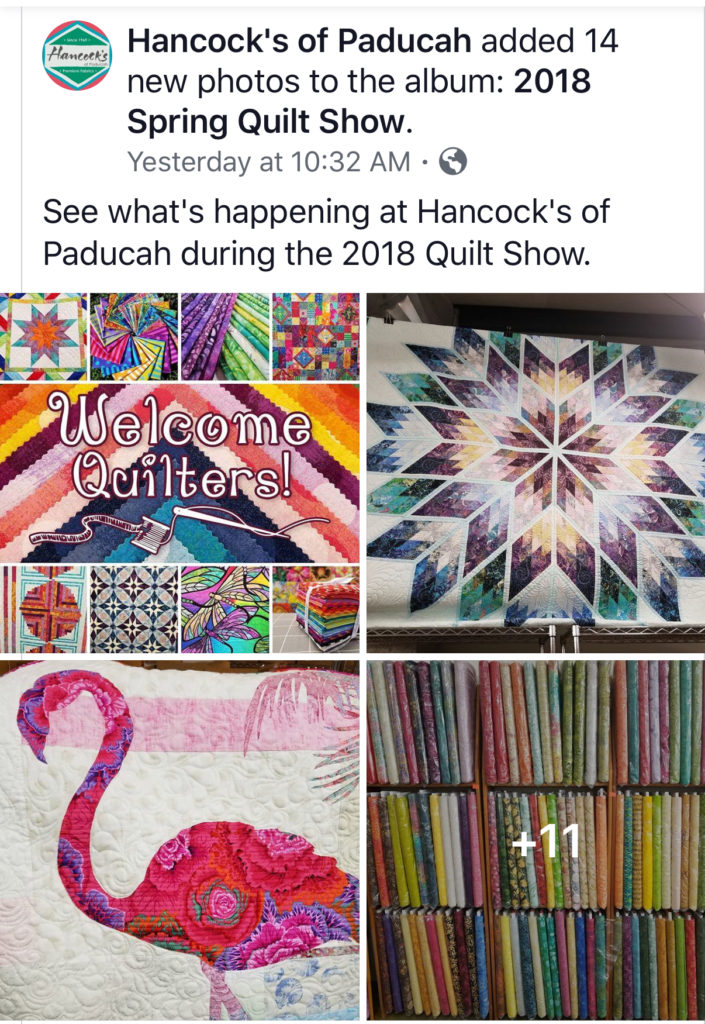
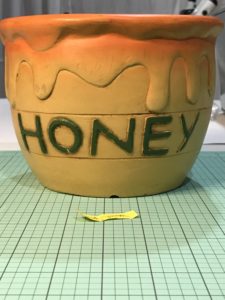
Finally, all the names went into the honey pot and the winner is Cindy Spaeth! Congrats, Cindy! Pick out your pattern, girl!
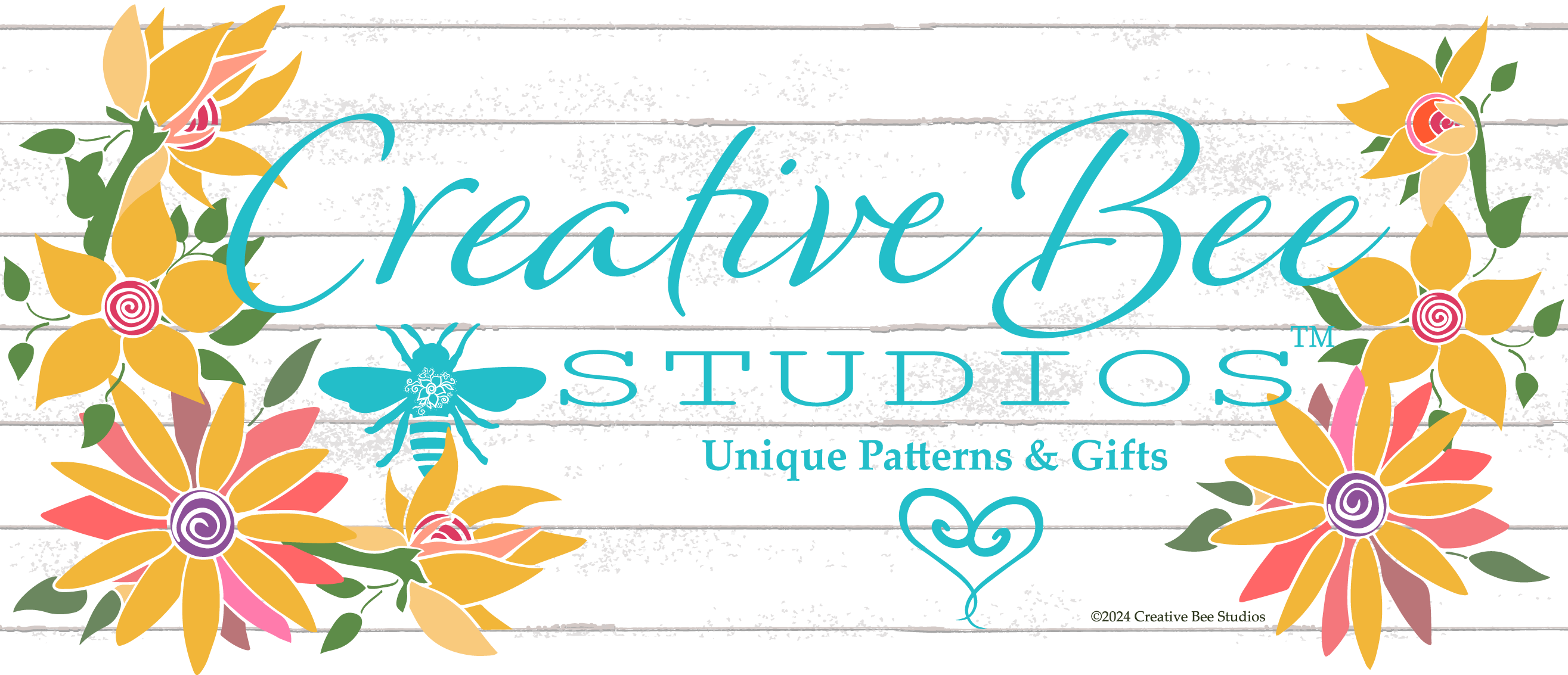
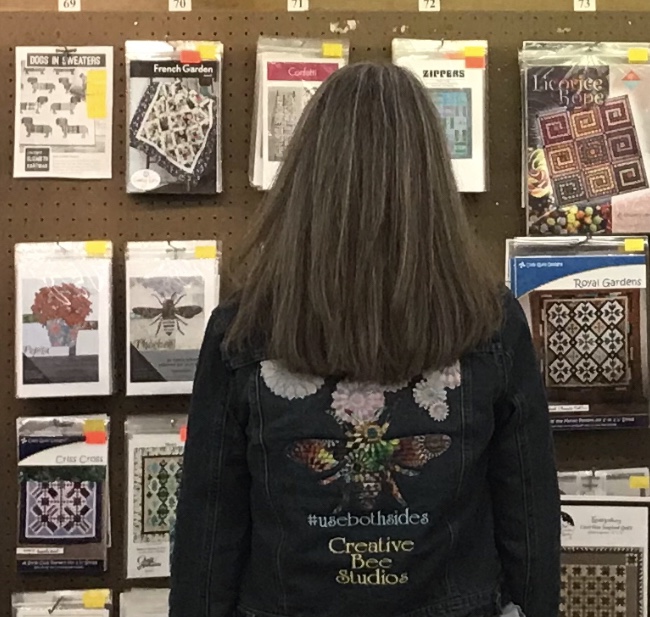
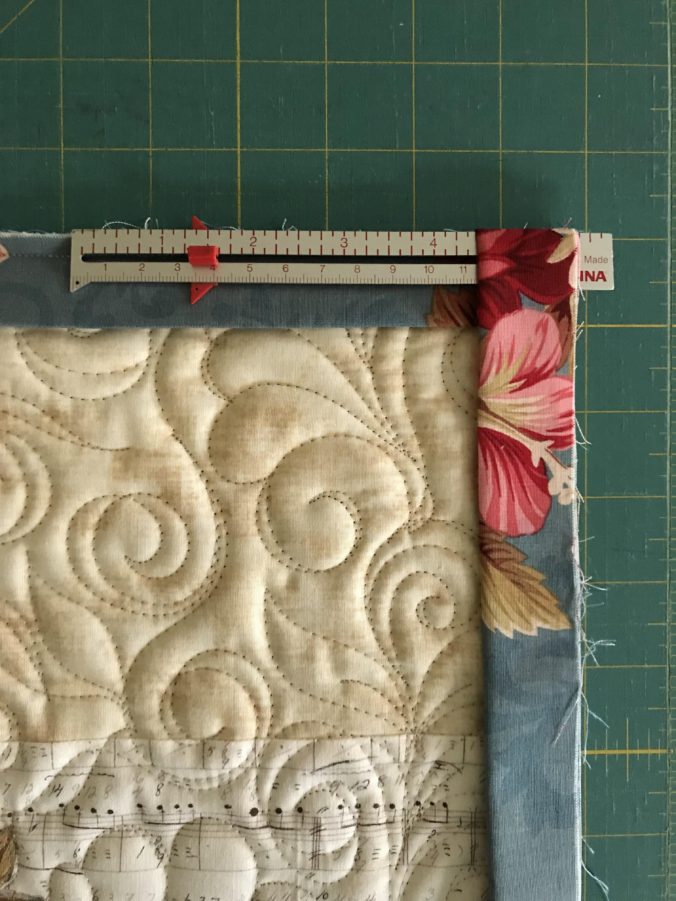
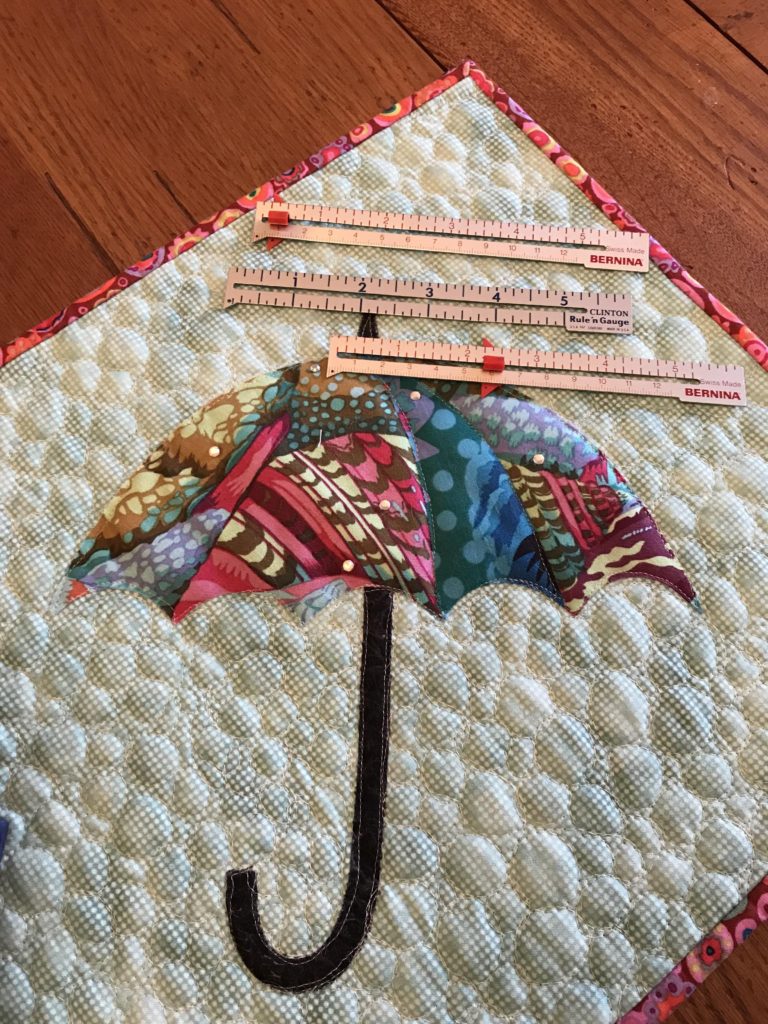
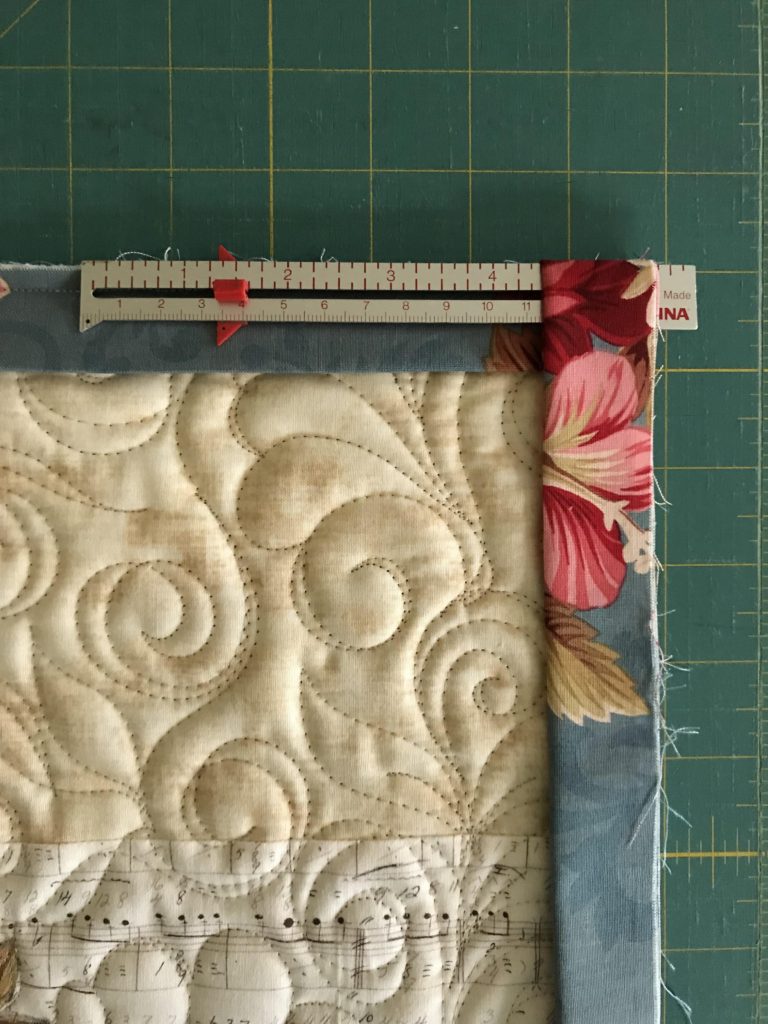
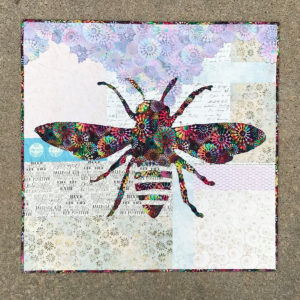

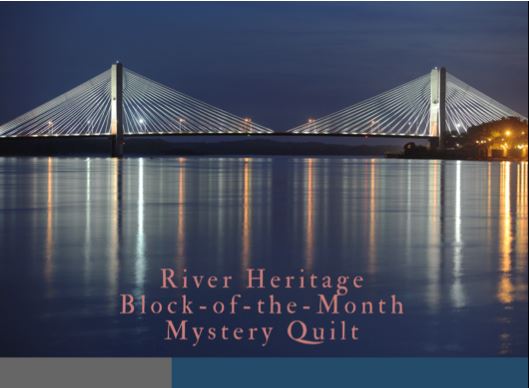
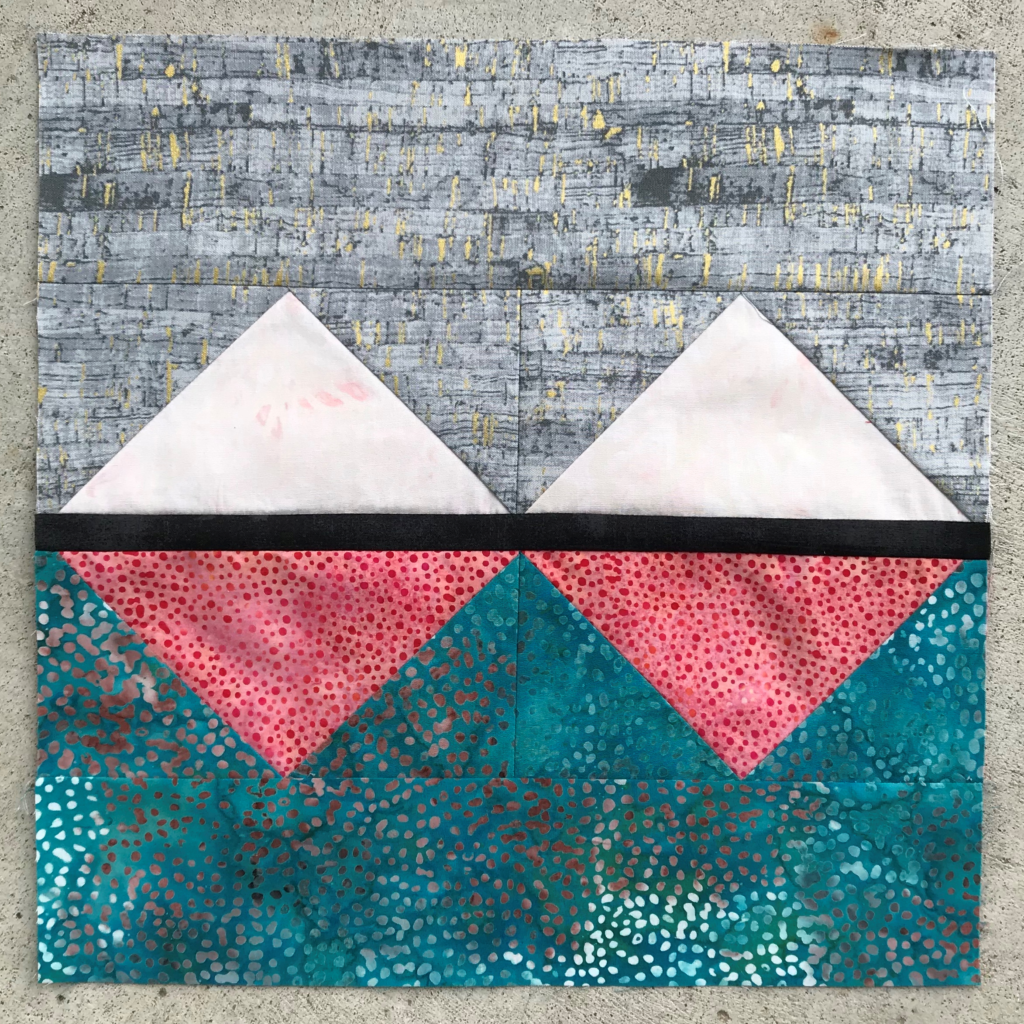
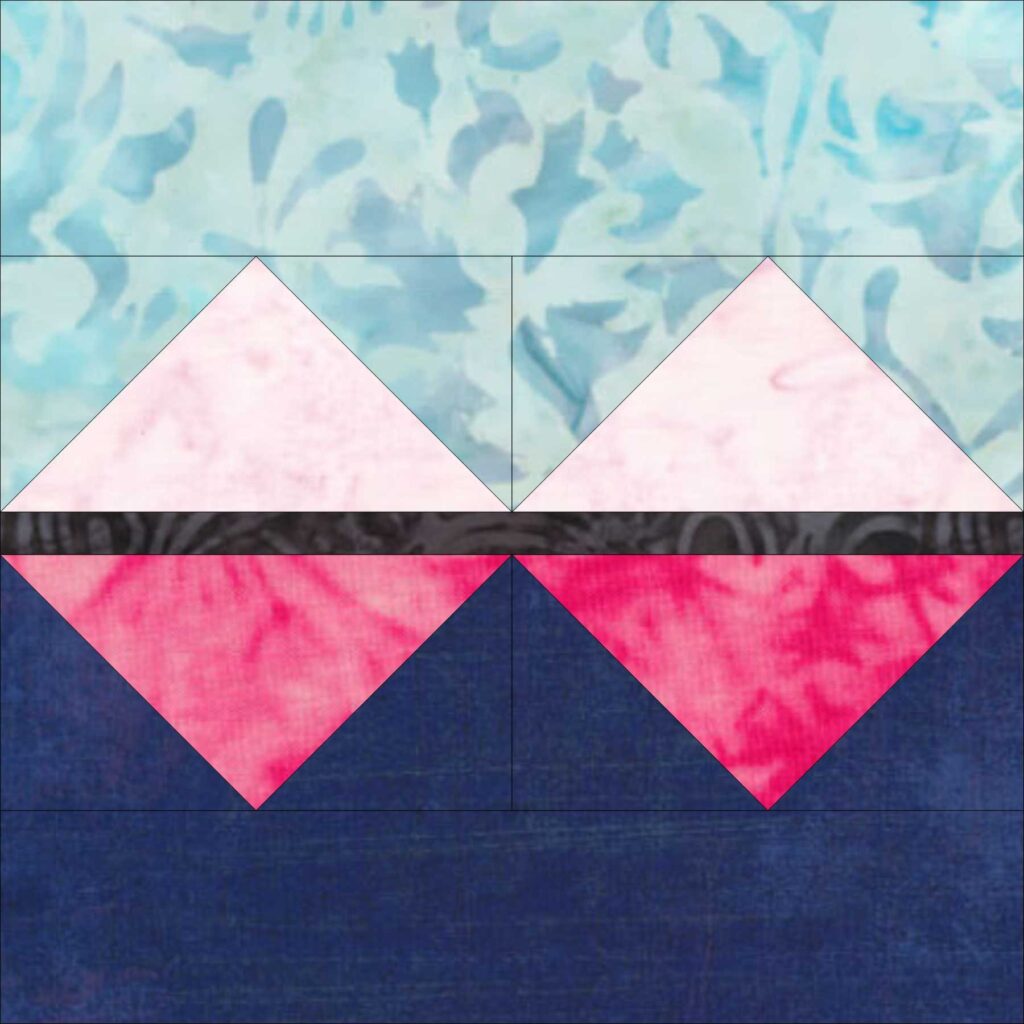
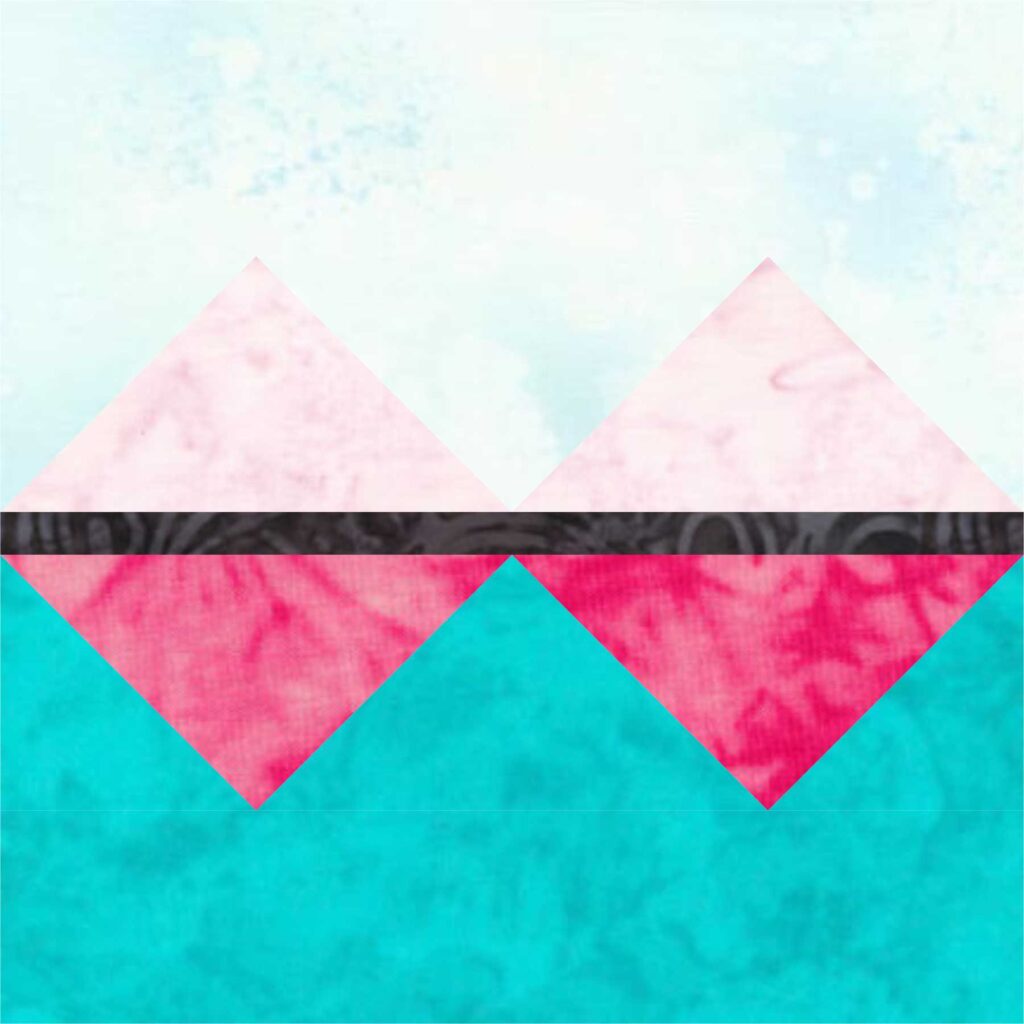

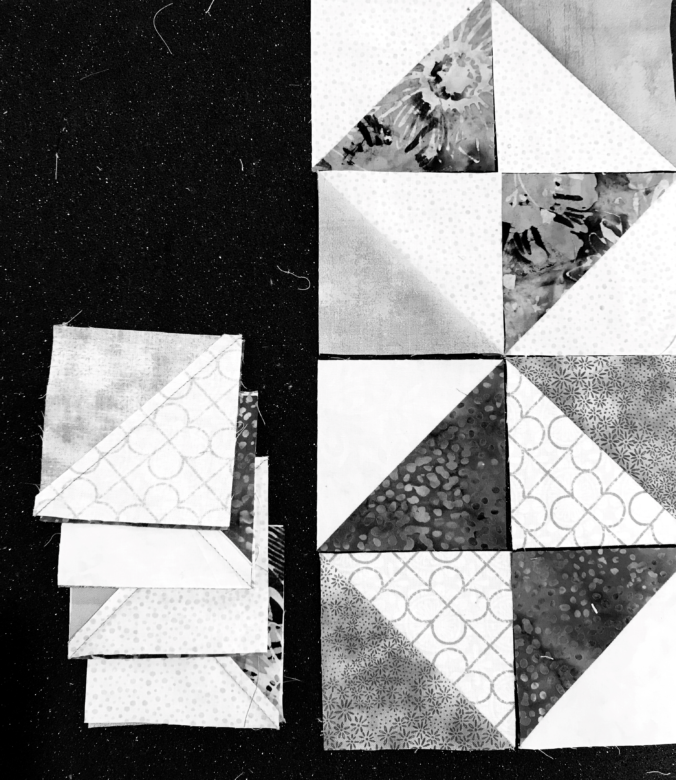
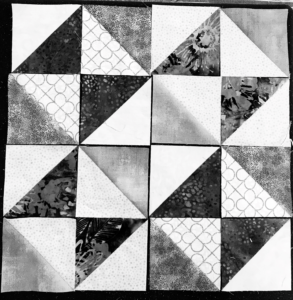
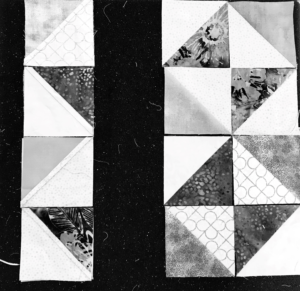
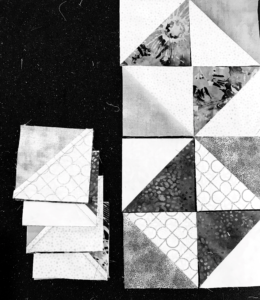
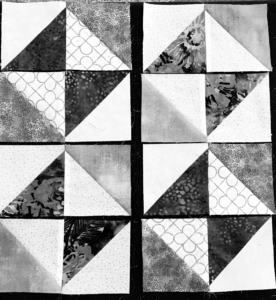
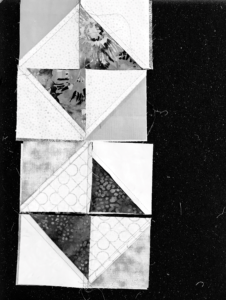
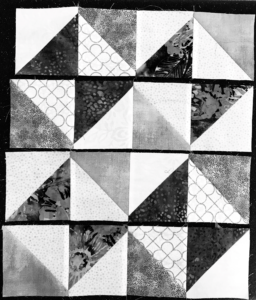
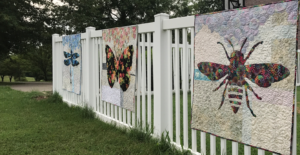
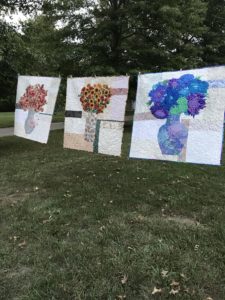
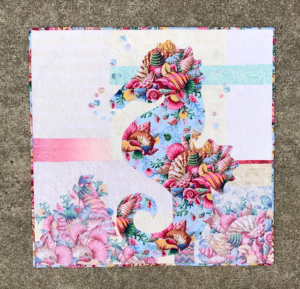
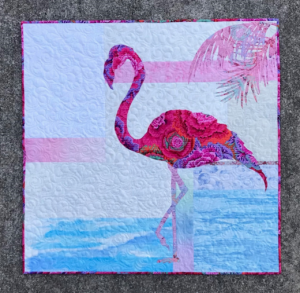
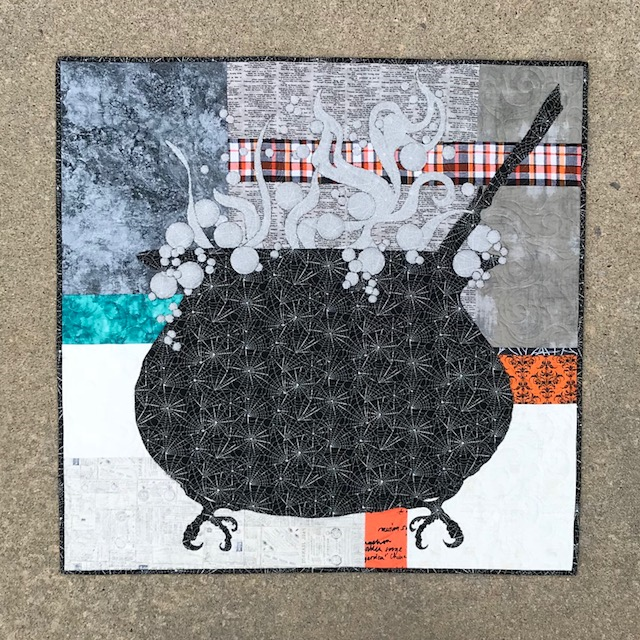
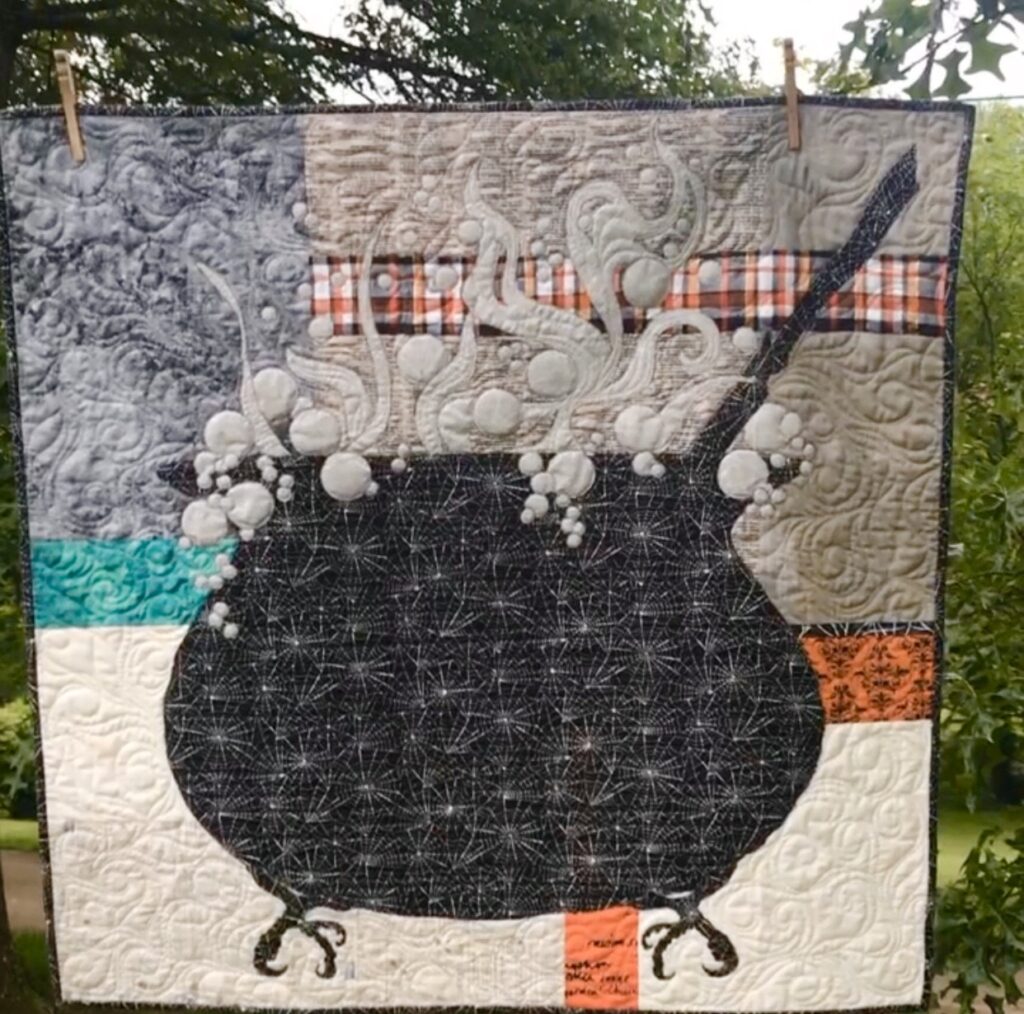
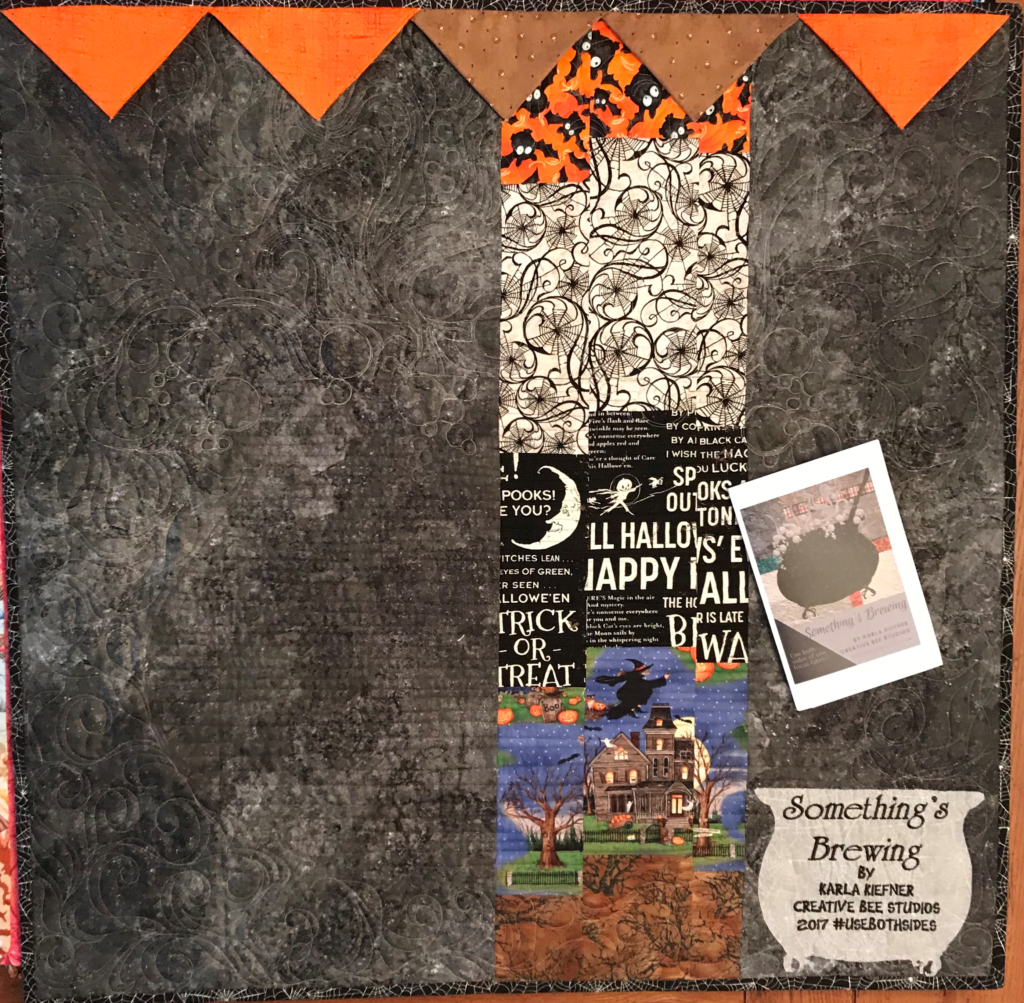
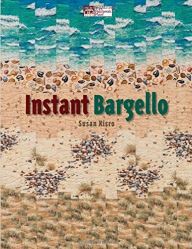 I’ve made several fun and fast quilts using this book as a guide. I decided this technique would allow me to use small pieces of fabric to make a fun quilt backing. I grabbed some scraps and did three little columns of that technique which gave me enough width for the backing. It was fun and fast!
I’ve made several fun and fast quilts using this book as a guide. I decided this technique would allow me to use small pieces of fabric to make a fun quilt backing. I grabbed some scraps and did three little columns of that technique which gave me enough width for the backing. It was fun and fast!